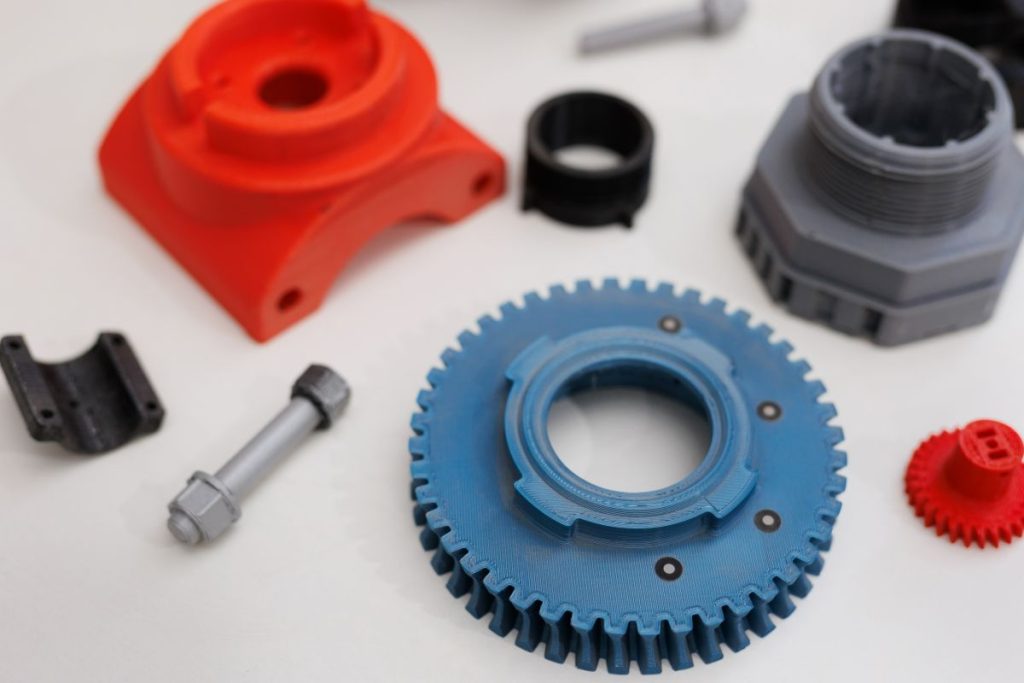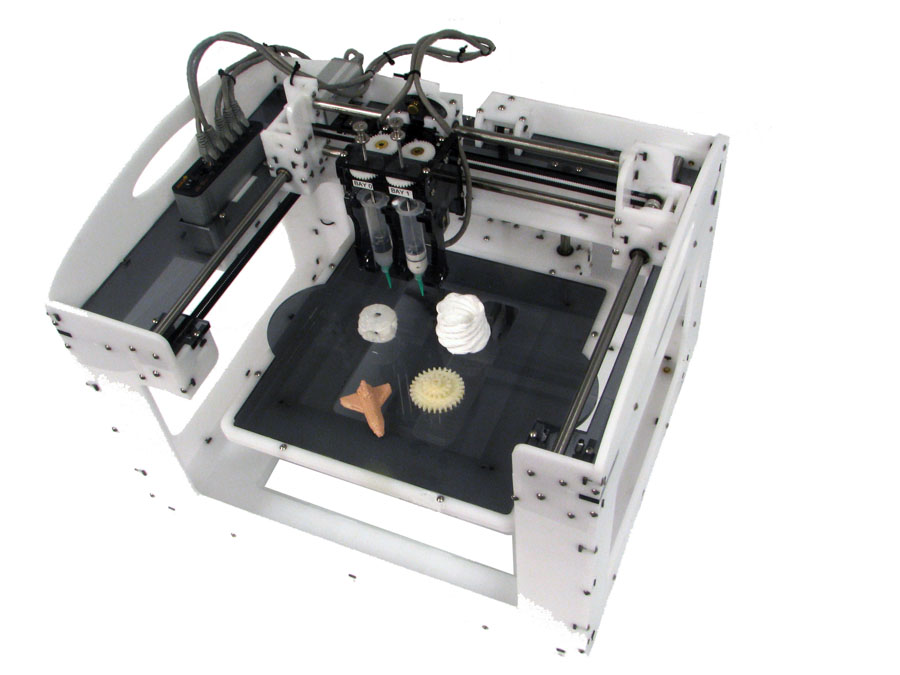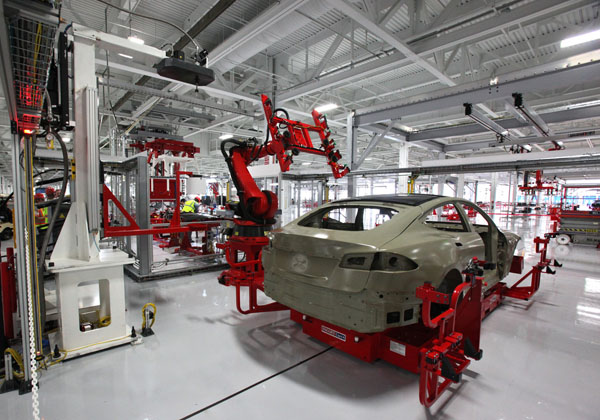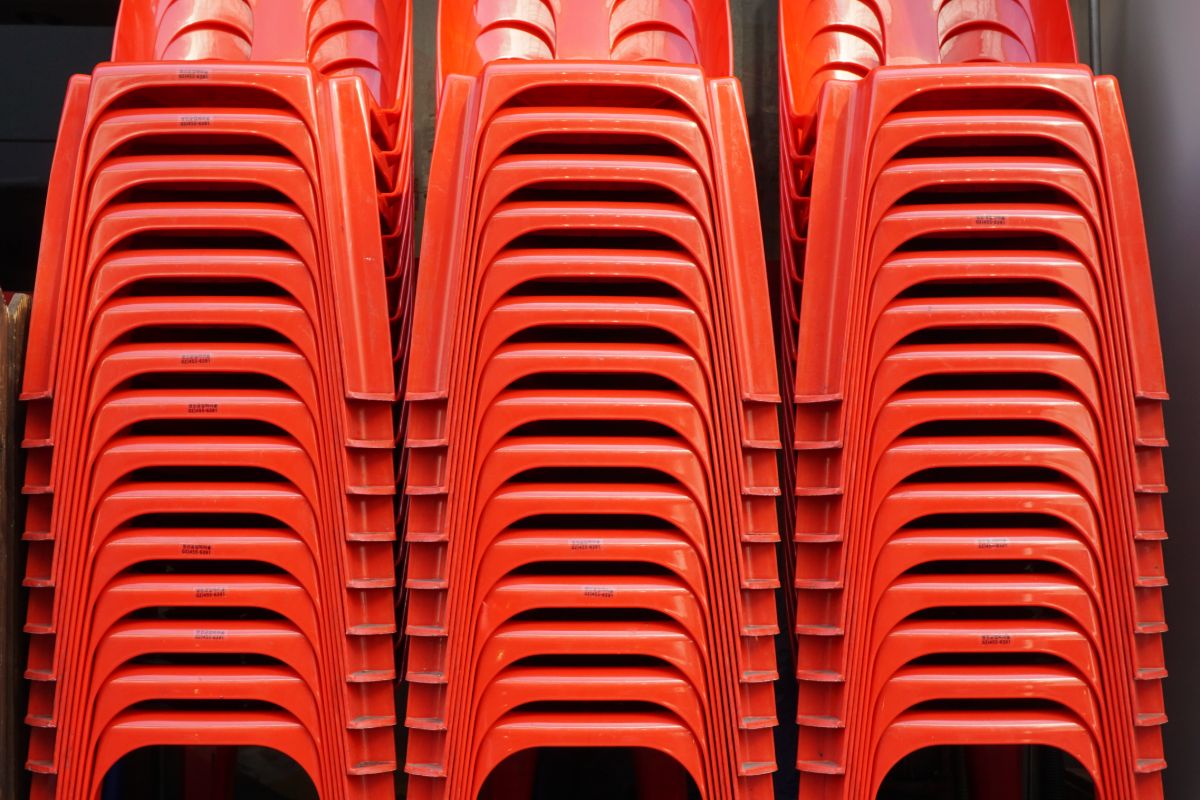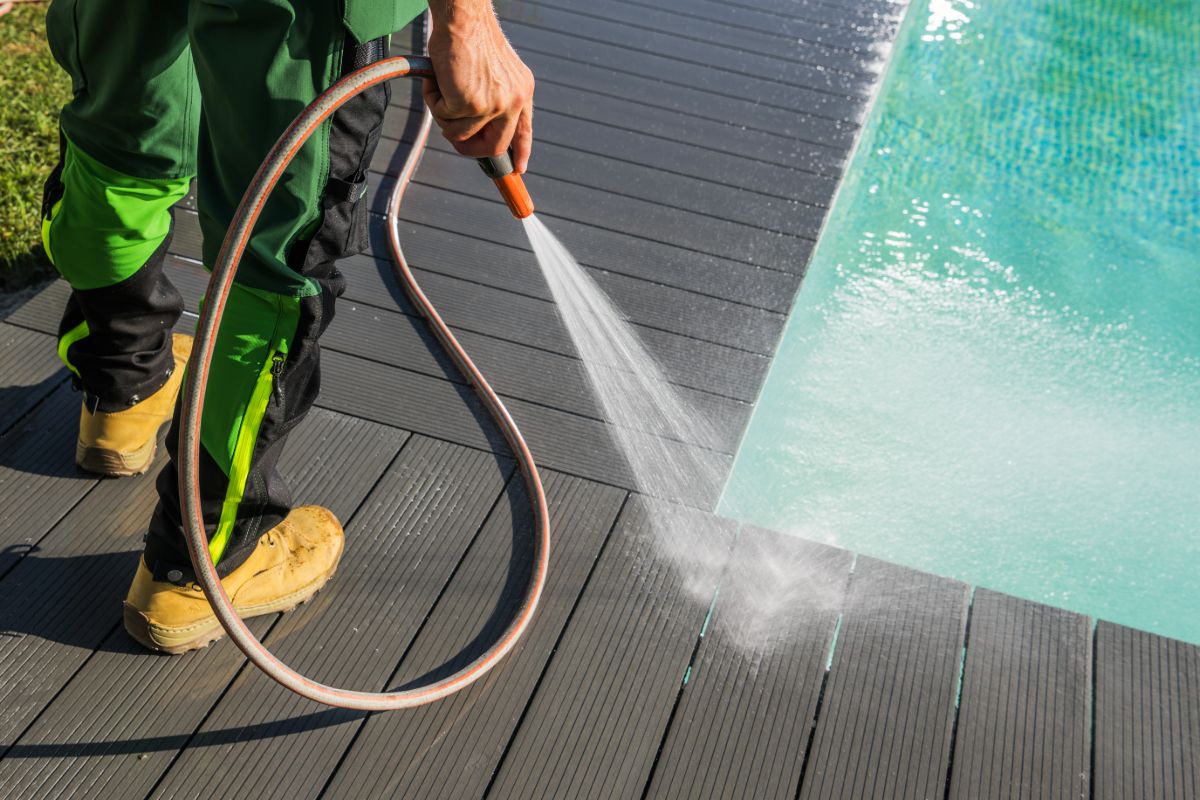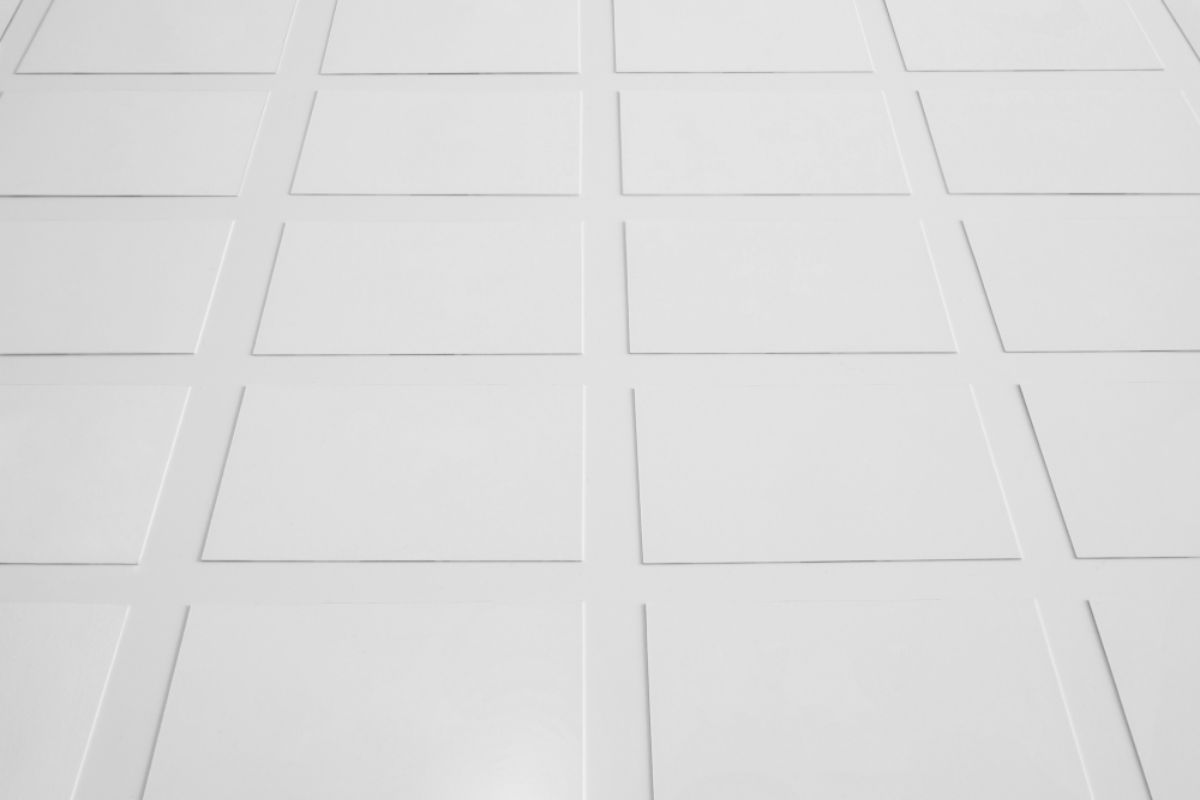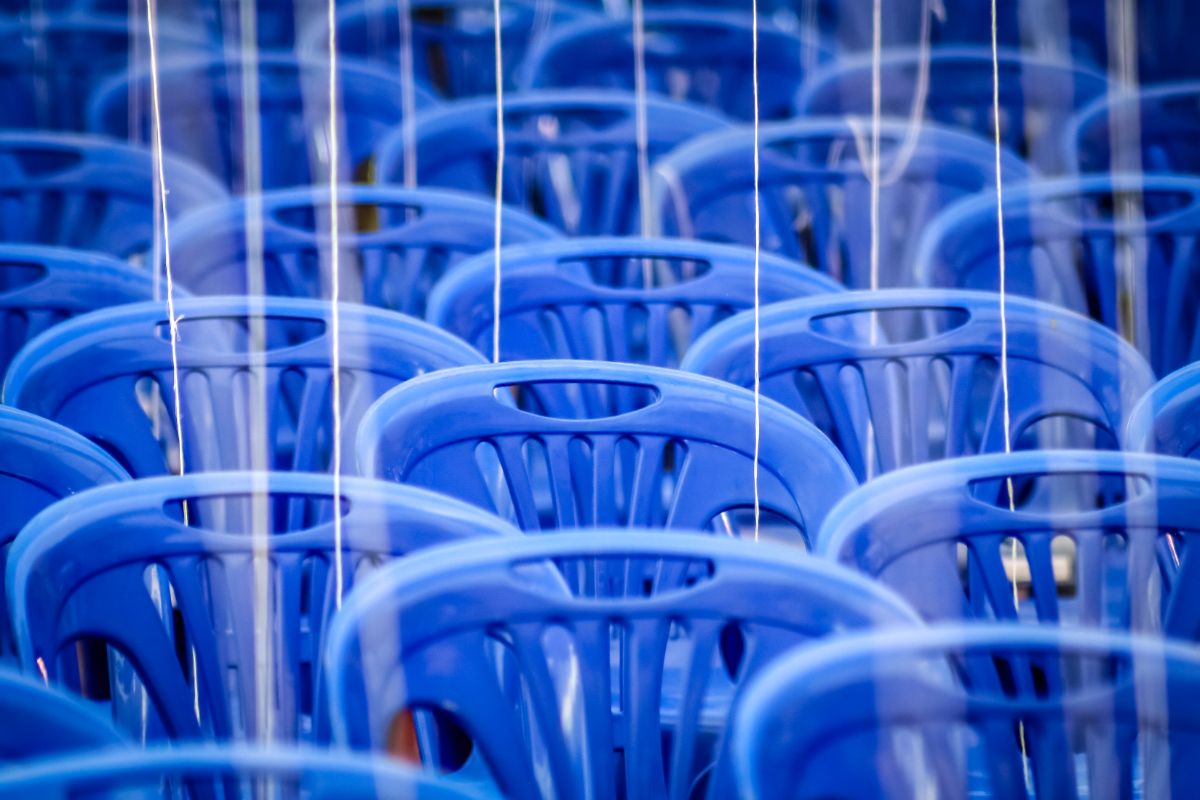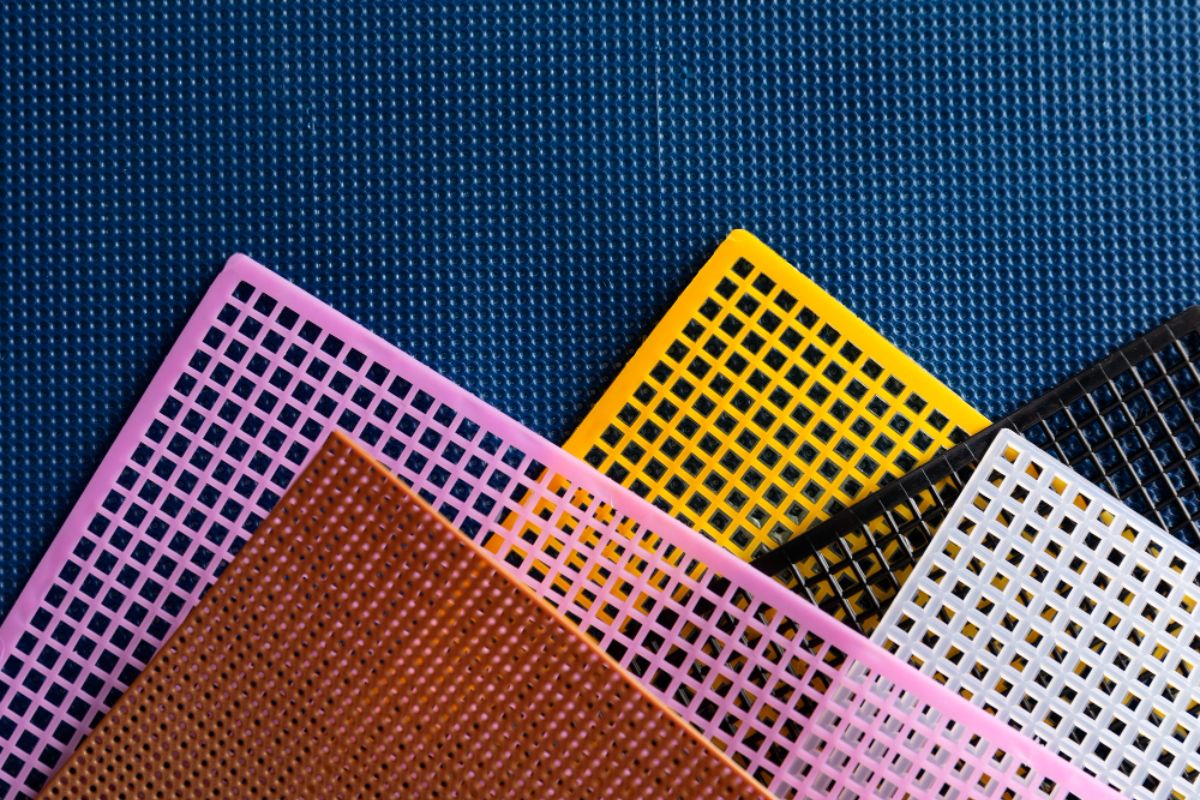What are the benefits of plastic overmolding in the US market?
- Elimination of additional assembly steps
- Improved product functionality
- Customization opportunities
- Increased durability and longevity
- Environmental benefits
Overview
- Plastic overmolding offers U.S. manufacturers a cost-effective solution to enhance product durability, functionality, and aesthetics.
- By combining materials in a single step, the process eliminates additional assembly, reduces waste, and boosts efficiency.
- With benefits like ergonomic designs, improved longevity, and environmental sustainability, overmolding supports innovation while aligning with market demands for high-performance, eco-friendly products in industries such as automotive and consumer goods.
Manufacturers across the U.S. are continually looking for ways to enhance product quality and improve production efficiency. One method that has gained widespread adoption is plastic overmolding, a process that combines multiple materials to create functional, durable, and visually appealing components. The plastic overmolding benefits are evident in industries, such as automotive, electronics, and consumer goods, where both innovation and precision are paramount.
At Richfields Corporation, a trusted leader in precision plastic molding, we specialize in delivering high-quality overmolded products that cater to the unique needs of various industries. Our focus is on creating durable and cost-effective products. Read on to learn more.
Elimination of Additional Assembly Steps
The additional assembly steps are joining separate parts, applying adhesives, or fastening components together, which are minimized or eliminated in plastic overmolding. Combining multiple materials in a single step means fewer components need to be assembled, which reduces the need for extensive worker training, as there are fewer tasks to learn. With a single-step production flow, Chinese manufacturers can achieve faster turnaround times and minimize downtime that occurs when switching molds or setting up new processes.
Fewer parts to handle also decrease the risk of damage during assembly and transportation, providing better overall product quality. This efficiency also leads to a more manageable supply chain, reducing inventory needs and improving procurement coordination.
Improved Product Functionality
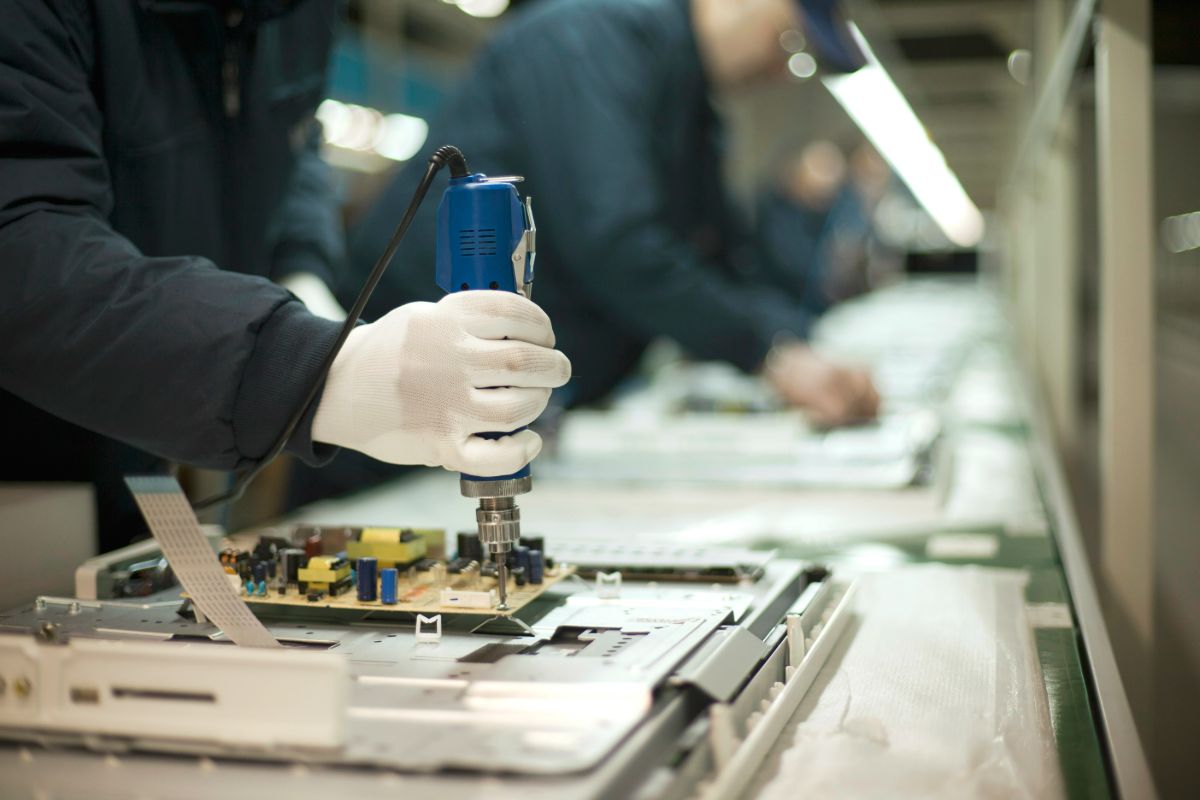
The plastic overmolding process, with its benefits of improving ergonomics, safety, and durability, provides a strong competitive advantage to U.S. companies outsourcing to China.
Chinese manufacturers can offer high-quality overmolded products with superior ergonomics, like soft-touch grips for tools and electronics while ensuring that the design is cost-effective. The ability to combine materials for functionality and aesthetic appeal, such as creating slip-resistant features, is especially valuable for U.S. businesses looking to enhance their product offerings.
As a result, businesses can meet market demands quickly, bringing innovative, high-performance products to market faster. This helps reduce costs and allows them to boost their market appeal.
Customization Opportunities
The ability to combine different materials, such as rigid plastics and soft elastomers, creates a product that balances functionality and comfort. This also enables a wide range of color customization, allowing companies to incorporate multiple colors or even their brand’s signature hues without requiring additional processes.
For example, a U.S. company that produces high-end kitchen gadgets, such as a set of chef knives uses plastic overmolding. They can combine a rigid stainless steel blade with a soft, ergonomically designed handle made from a rubberized elastomer. This provides a non-slip, comfortable grip that improves control and safety during use, especially when the knife is exposed to moisture or extreme temperatures.
Increased Durability and Longevity
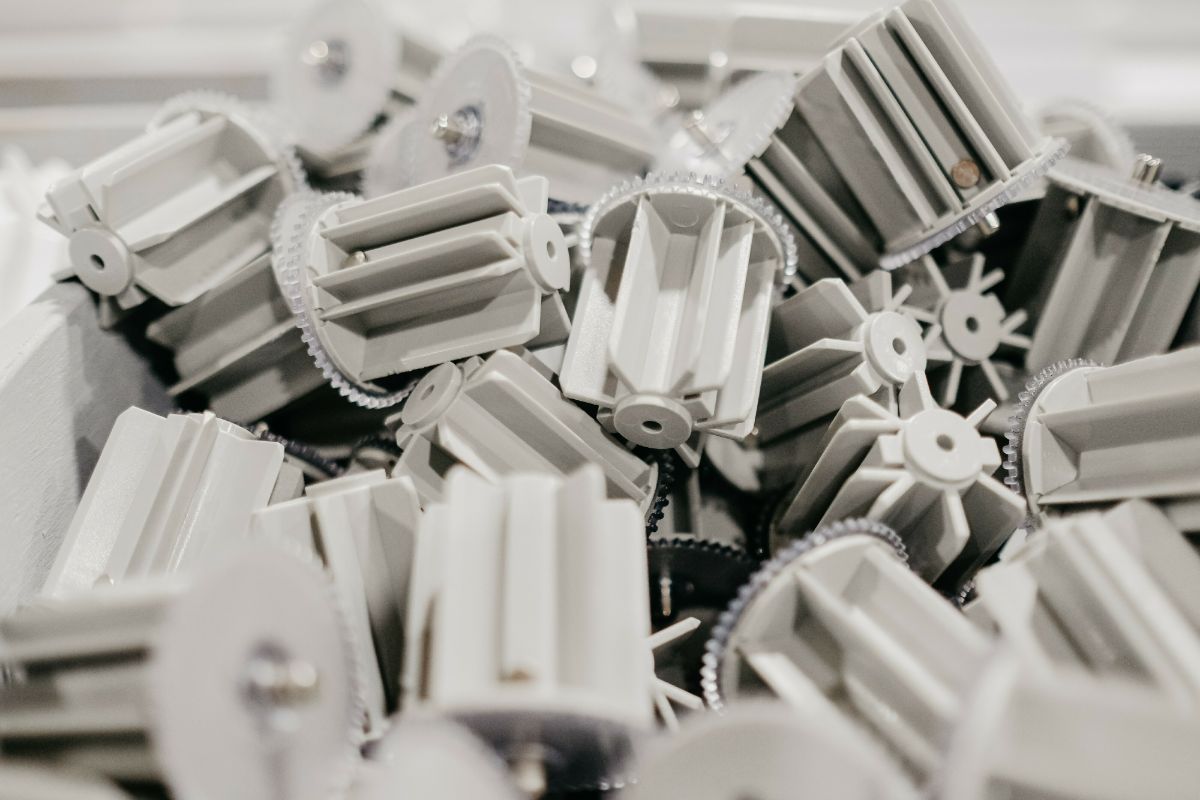
The substrate refers to the core material or base part, made of rigid plastic or metal, providing the product with its foundational structure and strength. The overmold layers, on the other hand, are the additional materials—often softer elastomers or rubber-like substances—that are molded over the substrate. The overmolding process ensures a firm bond between these materials, creating a durable connection that enhances the product’s overall performance.
This bond improves abrasion resistance, making the product more durable in high-wear environments, thus prolonging its functional lifespan. Additionally, these layers provide enhanced environmental protection, offering resistance to moisture, chemical, and UV radiation, further increasing the product’s longevity and reliability in demanding conditions.
Environmental Benefits
The efficient production process of plastic overmolding reduces the number of parts needed, which minimizes material waste and ensures resources are used effectively. U.S. businesses can benefit from the option to use recyclable plastics, such as polyethylene terephthalate, high-density polyethylene, polyvinyl chloride, polypropylene, and polystyrene.
Overmolding’s rapid production process also lowers energy consumption by minimizing manufacturing steps, contributing to a smaller carbon footprint. Furthermore, the enhanced durability of overmolded products reduces the frequency of replacements and waste generation, offering an environmentally friendly solution for industries like automotive, consumer goods, and electronics.
Key Takeaway
With the growing demand for high-performance, long-lasting products, overmolding products give a competitive edge that businesses cannot afford to overlook. Richfields is committed to helping US companies tap into these plastic overmolding benefits, providing innovative, high-quality solutions that align with the market demands.
Reach out to our team today and discover how we can support your manufacturing needs.
